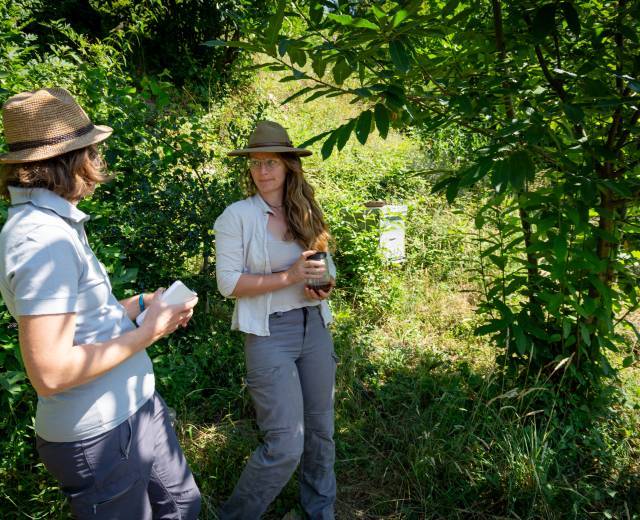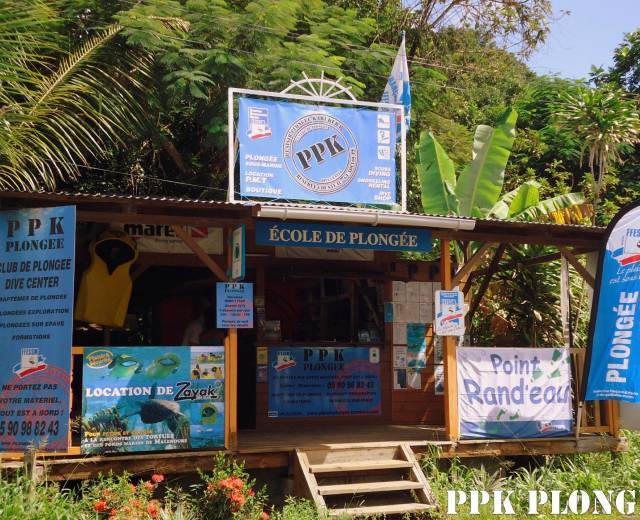
15 rue Saint-Jacques
52210 ARC-EN-BARROIS
France

15 rue Saint-Jacques
52210 ARC-EN-BARROIS
France

13, rue de l'Eglise
48320 Ispagnac
France

La Bastide
48160 Le Collet de Dèze
France
The Guadeloupe archipelago is classified as a UNESCO biosphere reserve. It is home to plant and animal species whose diversity and rarity will enchant both the most experienced and novice observers alike. However, this abundant nature is not the only asset of Guadeloupe National Park: the exceptionally preserved landscapes are outstanding for their diversity.
The natural habitats are rich and varied in Guadeloupe National Park. As you hike on land or sail the sea, you will discover tropical rainforests, a multitude of rivers and streams and preserved marine areas. The extravagant plants are everywhere to be seen while the more furtive animals are unveiled above all to those who know how to keep a low profile...
While Pigeon Islet is one of the best-known diving spots in Guadeloupe with its rich biodiversity, the Grand Cul-de-Sac Marin and its islets will also amaze you. Classified as a wetland of international importance for its water birds since 1992, this aquatic realm includes seagrass beds, corals and tropical fish in shimmering colours intermingling in harmony.
Ideal for nesting birds, the archipelago is a must for all keen birdwatchers. If your hikes take you to the Mamelles mountains, you will be able to observe many species of forest birds such as the Guadeloupe Woodpecker, an endemic species, the Scaly-breasted Thrasher or the Purple-throated Carib. The change of scenery is radical in these landscapes laced with waterfalls and rivers.
Equipped with your diving kit, set off to discover the underwater depths! Coral reefs, seagrass beds and tropical fish await you for a great silent symphony. In this "other world", the amazing colours of parrotfish, surgeonfish or Yellowtail Damselfish blend together in mysterious movements for a wild but graceful show. Closer to the surface, phanerogam sea grass beds also hold a few surprises in store for you... if you are attentive and inconspicuous.
Numerous islets are scattered throughout the aquatic realm of Guadeloupe, sometimes covered with swamp forests, mangroves or dry forests. The Kahouanne Islet, a nesting place for Green and Hawksbill Turtles, has a huge diversity of natural habitats. As for the volcanic Tête-à-l'Anglais Islet, it shelters several species of sea birds and cactus endemic to the West Indies, such as the Little Tern, the Magnificent Frigatebird or the Moonlight Cactus. The swampier Carénage Islets, especially Ilet Blanc, are particularly protected during the tern nesting season.

97113 Gourbeyre
Guadeloupe
97170 Petit-Bourg
Guadeloupe
97120 Saint-Claude
Guadeloupe
97141 Vieux-Fort
Guadeloupe
112 Boulevard Achille René Boisneuf
97117 Port-Louis
Guadeloupe

PPK Plongée Guadeloupe
Plage de Malendure
97125 Bouillante
Guadeloupe

Pépinière de Blonzac
97128 Goyave
France

97116 pointe noire
Guadeloupe